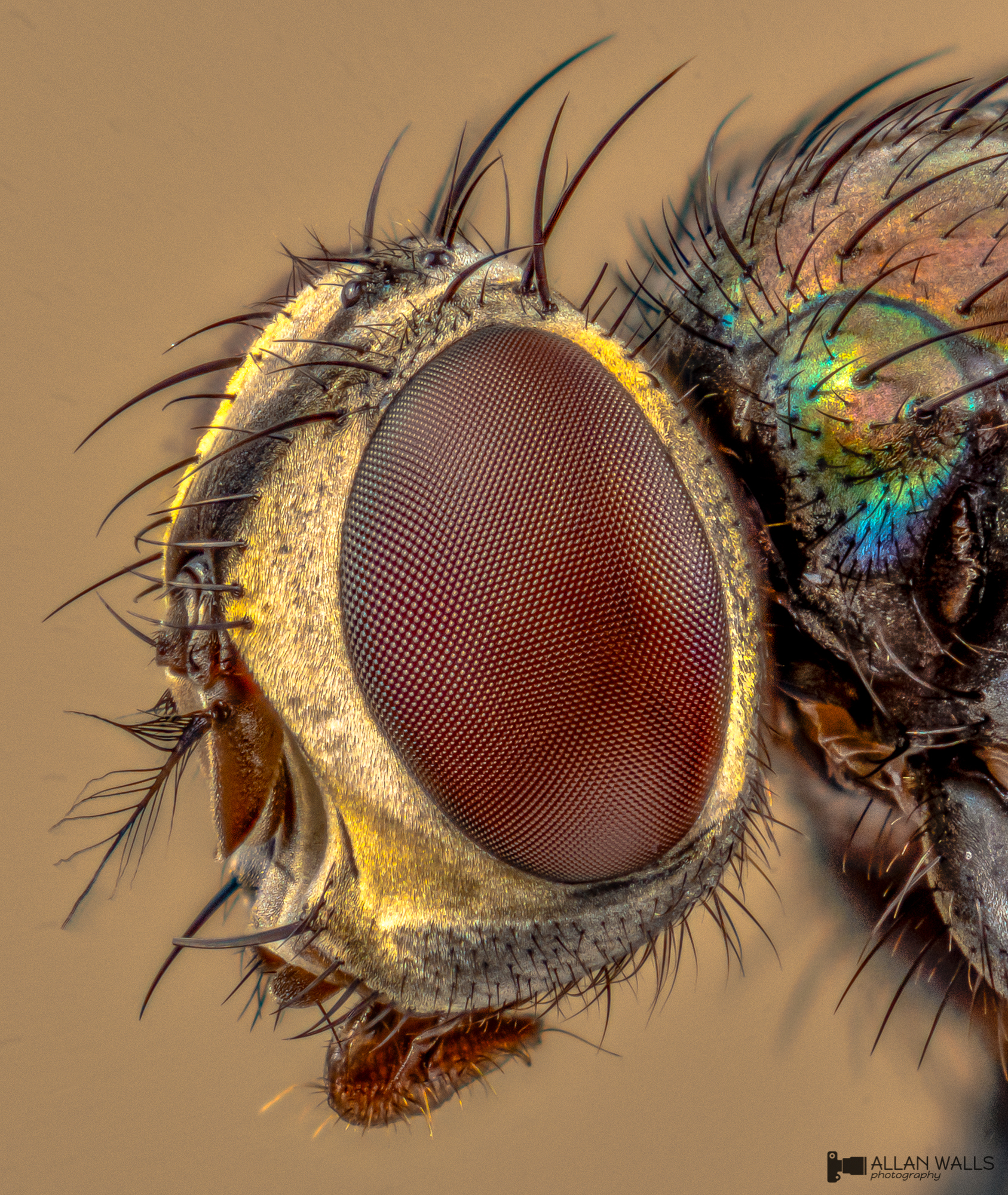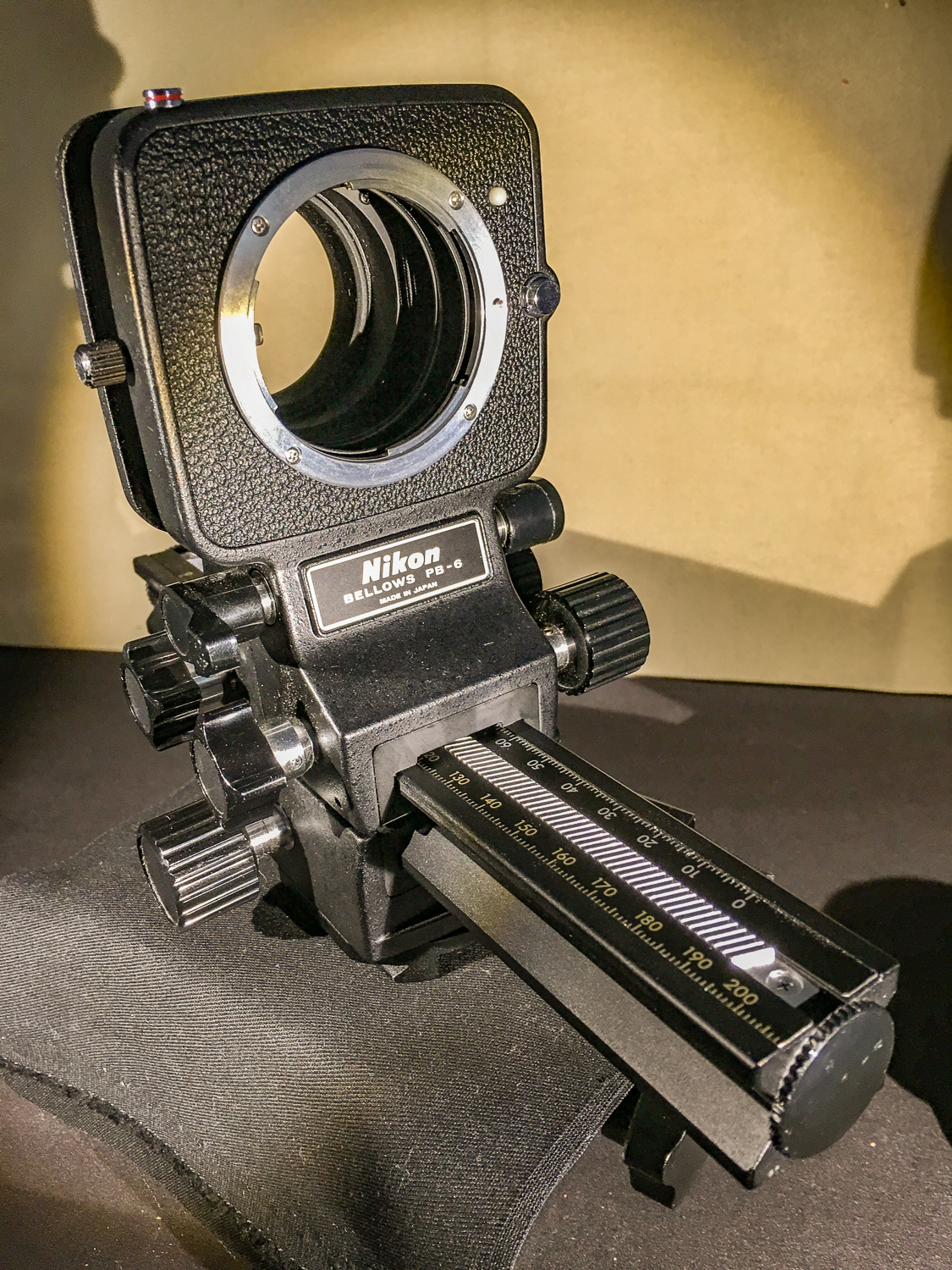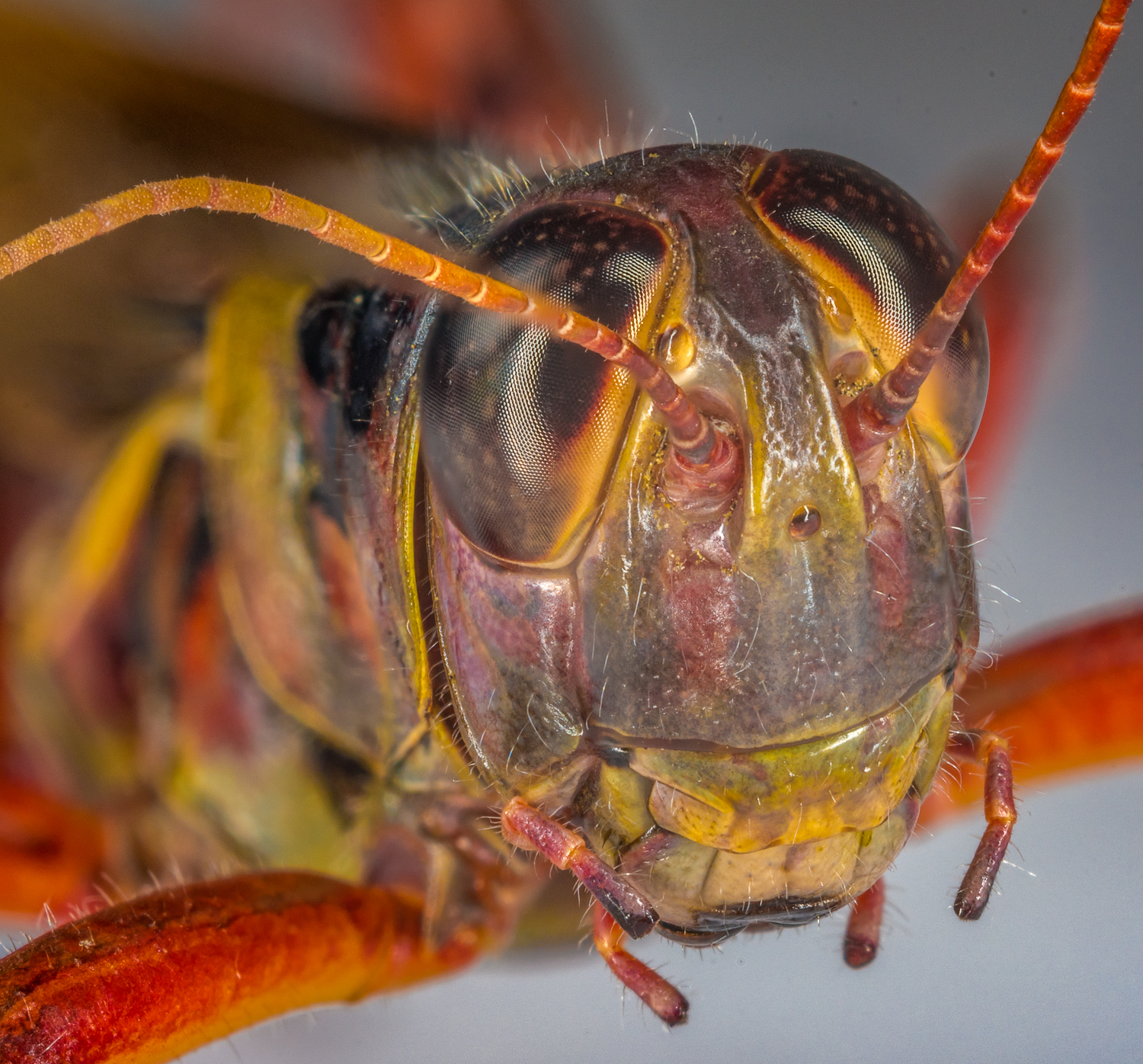Nikon PB-6 Bellows: the best bargain in macro photography equipment - ever!
/Macro photographers are constantly on the lookout for that piece of equipment that promises to take their images to the next level. It is true that there are plenty of cameras, lenses, lighting systems, and macro gadgets that really do deliver but, as we have all been disappointed to discover, a great many of them don't. Not only does Nikon's PB-6 bellows attachment live up to its promises, but it also raises the bar for just how much bang you can get for your hard-earned buck.
No new discovery, this version of the Nikon bellows, the PB-6, was released 35 years ago and has been out of production for quite some time. But there are plenty still available from used equipment outlets and, of course, on eBay. I'm going to tell you why you need to buy one.
My trusty PB-6 mounted on one of Nikon's latest APS-C DSLRs, the D7500, with a reversed EL Nikkor 50mm f/2.8 enlarger lens, attached to the F-mount at the far end of the bellows. The rail supporting the bellows is mounted on an Arca-style quick release plate, which is in turn attached to a sturdy studio tripod.
One example of the magnification that can be expected with the PB-6 bellows partially extended to around 150mm
By increasing the extension of the bellows, all the way out to 208mm, the individual bulges of each lens in the fly's compound eye become visible.
So, what exactly is a bellows, and why do you need one?
Think of the bellows as an infinitely adjustable extension tube. Instead of using one or more sets of extension tubes, the segments of which are combined to give the sensor-to-lens distance you need for a given magnification, the bellows allow you change that distance quickly and accurately with the twist of a knob. The bellows themselves are made of a heavy, lightproof fabric, similar to canvas. The inside of the tunnel made by the extended bellows acts as a light-absorbent flocking, something missing from most extension tube sets. The PB-6 has an F-mount for your camera on one end, and another for your lens on the other. Some larger DSLRs need an extension adapter to prevent the camera from bumping into the bellows rail, but most consumer-level Nikons work fine without it.
On the left, the near end of the bellows, showing the F-mount for the camera. Pressing the button on the right side of the mount allows the camera to be rotated to the vertical position without having to remove it from the bellows.
On the right, the far end, where the lens is attached, reversed, with an F-mount adapter.
A closeup of the assembled bellows
The two round knobs on the left side of the bellows allow each of the supporting blocks to move back and forth, independently, giving the user precise control over the distance from camera sensor to lens. The PB-6 can be adjusted from a minimum sensor/lens separation of 48mm, all the way up to 208mm. The smaller square knobs (two of which are on the opposite side - see below) are used to adjust the tension of the round adjustment controls and can also firmly lock the bellows to the rail.
On the opposite side of the bellows can be found the two tensioning knobs for the front and back adjustment knobs that move the two support pillars. Underneath them is a single round adjustment knob which moves the entire bellows assembly, with connected camera and lens, forwards and backwards, while leaving the sensor-to-lens distance unchanged. This control can be used to focus the camera and is especially useful during focus stacking.
Using this bottom adjustment knob for focusing may lack perfect accuracy and many photographers will attach the bellows to a separate focusing rail. Usually one that uses a worm screw with a finer thread size for more precise control. I have not found this to be necessary in my own work.
It is important to bear in mind that the bellows material is delicate and needs to be handled with care. Even a pinhole in this material can allow enough light to spill into the bellows that contrast is degraded and image quality suffers. Dust can also be a problem with these devices. If dust accumulates inside the bellows, shortening the sensor-lens distance can blow dust back onto the sensor. To prevent this, I recommend carefully blowing out the inside of the bellows with a Giottos Rocket, or similar device, before every use. When not in use, I store my PB-6 in a sealed plastic box and close off the camera and lens mounts of the bellows with standard F-mount lens and body caps.
An example of how the bellows allows for sharp focusing at extreme magnification. Even the grasshopper looks happy about it!
Nikon's PB-6 is built like a tank. It is heavy and beautifully machined. It was clearly constructed to last a lifetime. While no longer being made, there are still plenty of near-mint condition PB-6s available on the used market. But you do have other options. You can buy cheap knockoffs from China, for as little as $40, but I wouldn't recommend it. Most of the ones I have seen are cheaply made, using poor quality materials, and unlikely to last. I would also be reluctant to test the workmanship of a $40 bellows by seeing how long my D850 would stay attached before falling to the floor.
Another option is to go all out for a Novoflex Balpro T/S with tilt shift capability. This is a gorgeous piece of equipment that any macro photographer would be proud to own. Any macro photographer with $1,400 burning a hole in his or her pocket, that is.
I bought my PB-6 for a little over $100 through eBay, from an individual who had bought it new back in 1985. As far as I could tell, it had never been used. When I checked earlier today, there were several available at prices ranging from $150 up to $400, with the more expensive ones being in mint condition and mostly being sold by dealers. I lucked out, for sure, but I would be just as happy if it had cost me three times what I paid for it.
The Nikon PB-6 is a solid, beautiful and reliable device that will last a lifetime and that you can pick up today for a fraction of what it is worth. But, best of all, this macro-marvel really will take your shooting to the next level!
If you have experience with the PB-6, or want to recommend an alternative, please leave a comment below. I look forward to hearing from you!
Thanks for dropping in and I'll see you in the bushes.









